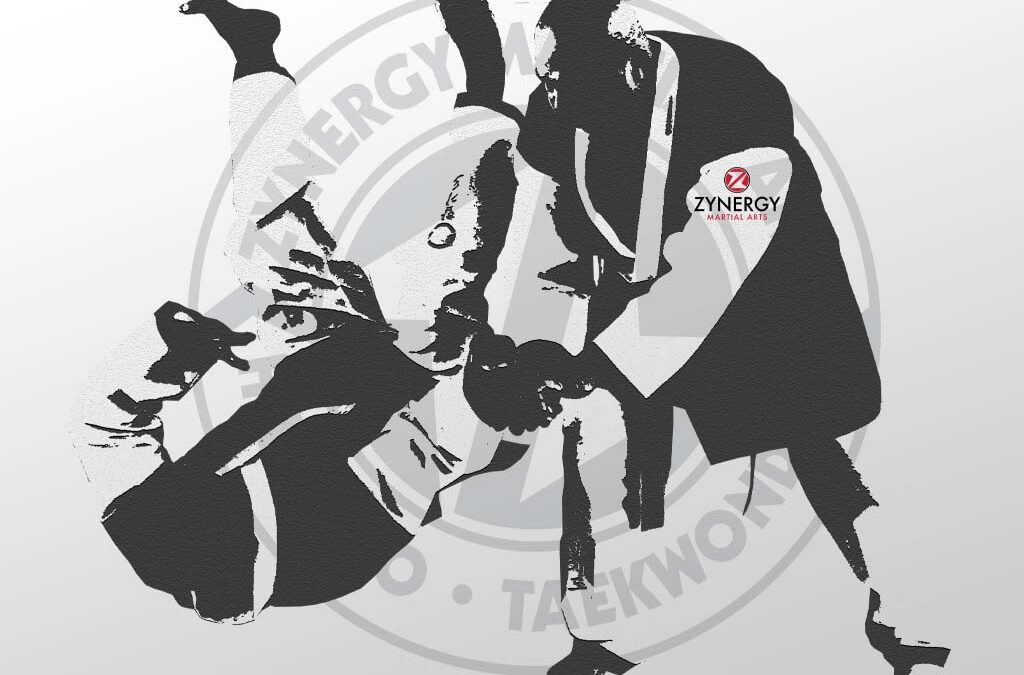The three principles of Hapkido are often referred to as the “Three Unity” or “Three Harmonies,” and they are the foundational concepts that guide the practice of this martial art. These principles are:
- Yu – Water or Flowing Principle: This principle emphasizes the use of flowing movements and techniques to redirect and neutralize an opponent’s force. In Hapkido, practitioners learn to use the momentum of an attack to their advantage and move in a fluid and natural way.
- Won – Circle or Harmony Principle: The circle principle involves the use of circular movements and techniques to avoid direct confrontation with an opponent’s force. Practitioners learn to move in a circular manner around an opponent to gain leverage and apply joint locks or throws.
- Hwa – Harmony or Blending Principle: The harmony principle involves the use of blending techniques to adapt to an opponent’s movements and energy. In Hapkido, practitioners learn to move with an opponent’s force, rather than against it, to control and neutralize the attack.
Together, these three principles of Hapkido guide practitioners to use their opponent’s energy against them, rather than relying solely on brute force. By applying the principles of Yu, Won, and Hwa, Hapkido practitioners can overcome larger, stronger opponents and defend themselves effectively in a variety of situations.


Recent Comments